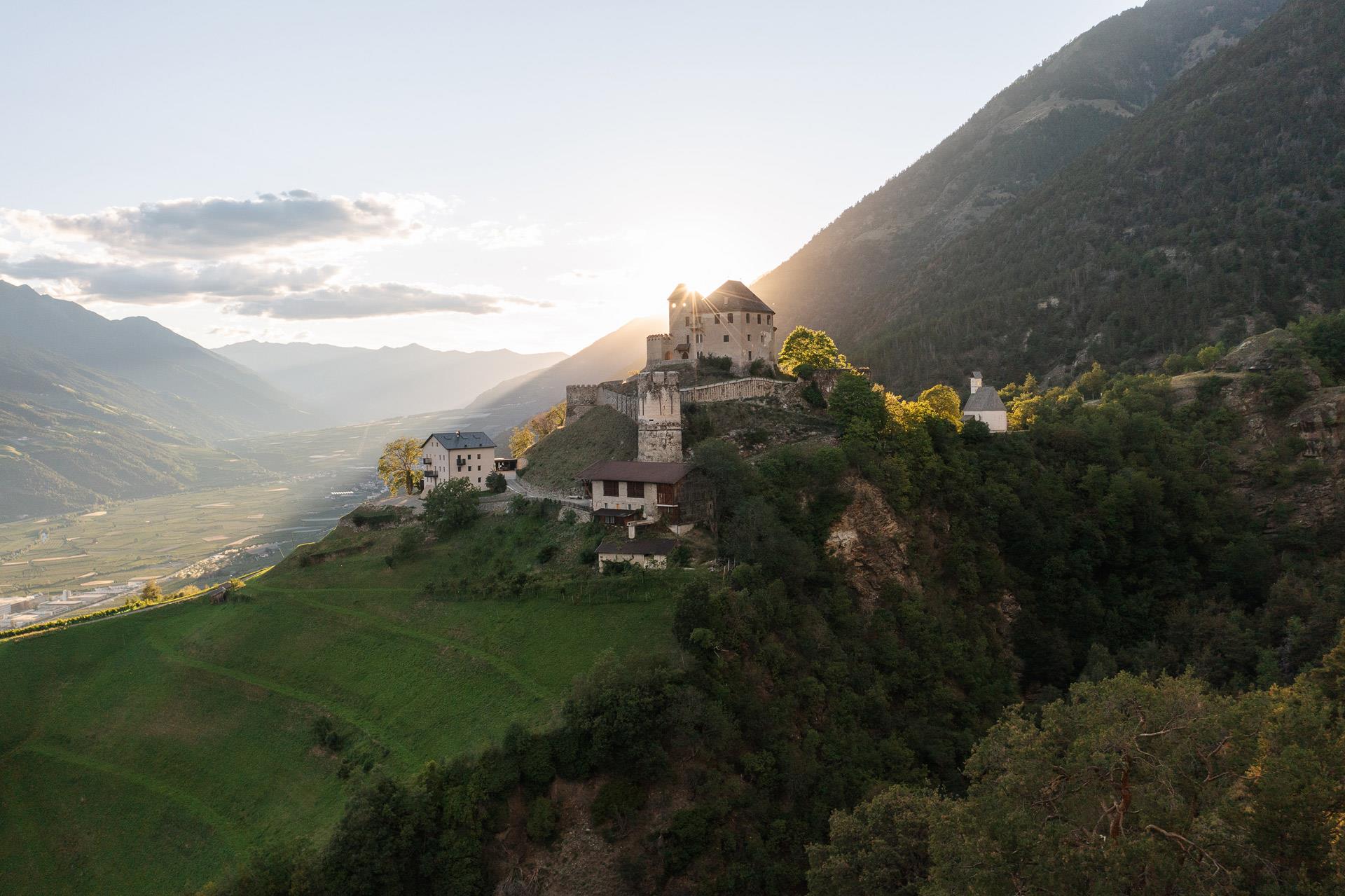The Befehlhof estate in Vezzano has tended to vineyards since 1370. Six centuries later, Magdalena Schuster is in charge of the Befehlhof’s winegrowing business and specializes in producing fruity, clear, and vibrant mountain wines of pronounced minerality.
For her, the farm and the wines it produces are inseparable entities. According to her philosophy, the farm represents a dynamic environment that allows the entire family to unleash their creativity. And creativity is exactly what is needed in winemaking: “The work out in the vineyards and down in the cellars is defined by a perfect mix of science, nature, and creativity,” explains the winegrower.
The Befehlhof’s history underscores the importance of creativity. Oswald Schuster was the first winegrower in Val Venosta to grow a Riesling, for example. One of Magdalena’s top priorities is to reintroduce Fraueler. The Befehlhof is one of very few wine estates to produce Fraueler, an ancient Val Venosta wine, as a pure variety.
At 720 meters above sea level, the slate soils in the Befehlhof vineyards also nurture Pinot Blanc, Souvignier Gris, Riesling, Zweigelt, and Pinot Noir. In 2013, the farm was switched to organic cultivation. “Organic winegrowing requires us to closely monitor grapevine and wine cycles to be able to intervene as early as possible, if necessary,” says the winemaker. However, the level of intervention should be kept as low as possible, which also means that the wines ferment spontaneously and are filled when the wine is ready. “This makes our wines more nuanced and complex, and, as a result, more interesting,” adds Schuster.
Considering their history, it should not come as a surprise that the Befehlhof took the lead once more, pioneering the creation of Val Venosta’s first sparkling wine: a Pinot Blanc–Riesling named “Sällent”, after a mountain in Martello. A true gem on the shelves, that is for sure.



































































